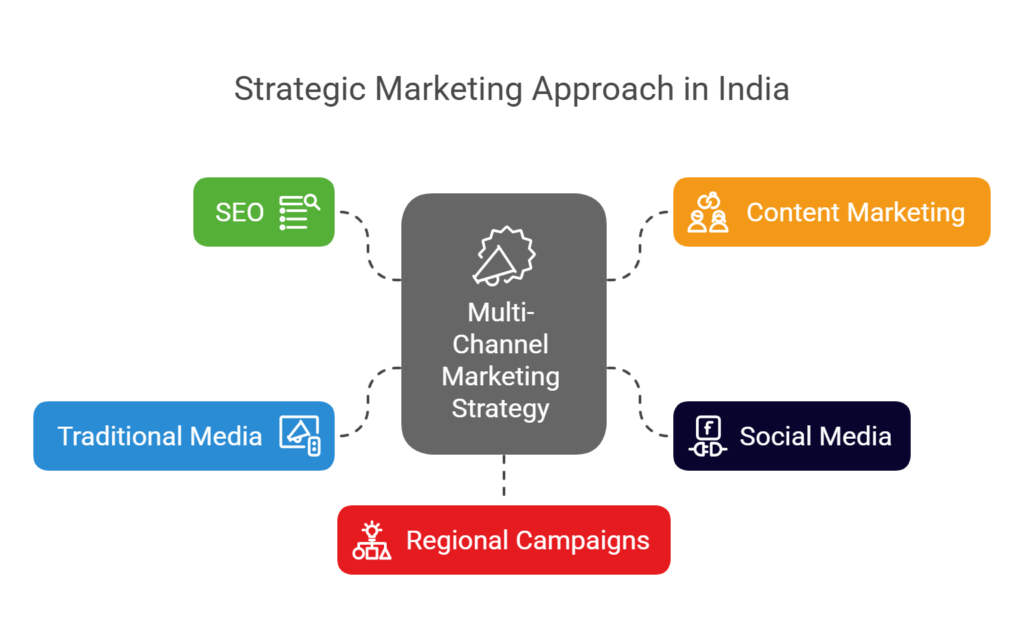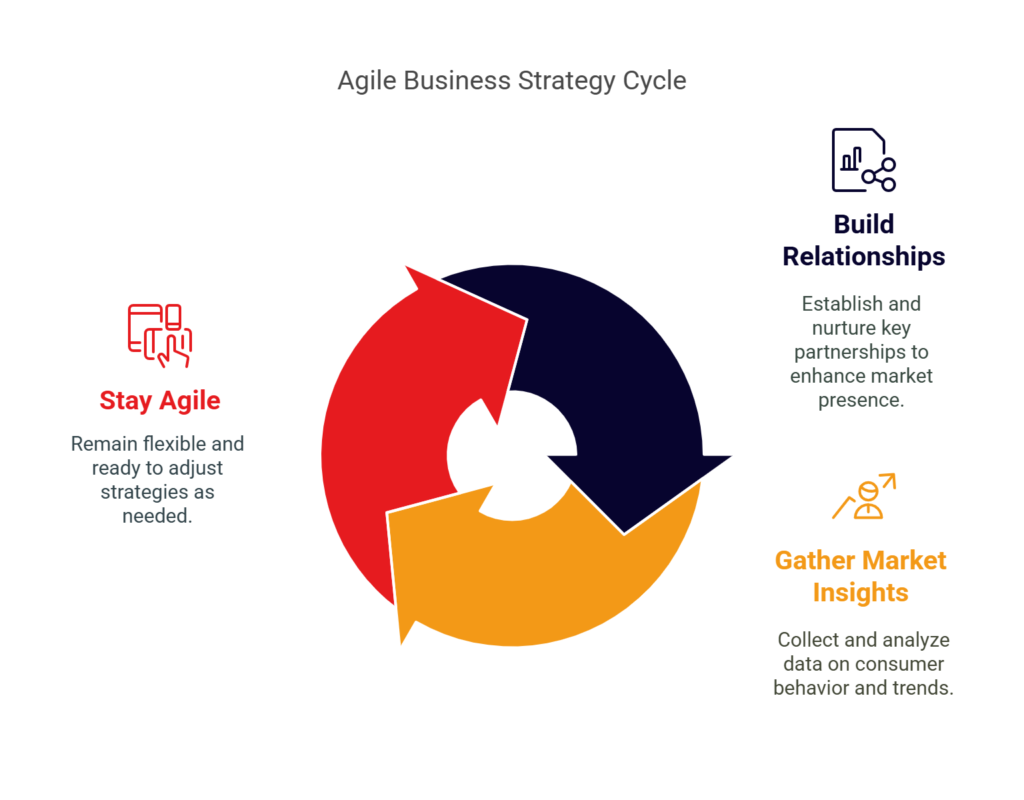

Close

India market entry strategy is no longer optional—it’s a strategic destination for global expansion. With a population of over 1.4 billion, a rapidly digitizing economy, and a vibrant entrepreneurial ecosystem, India has enormous opportunities for international companies who are ready to take the leap.
However, succeeding in India requires more than ambition. A well relay solid planning, cultural alignment, and a deep understanding of India’s diverse regional dynamics helps in a smooth and sustainable launch. This guide presents the India market entry strategies for a smooth launch, helping you navigate one of the world’s most vibrant and dynamic markets with precision and insight.
1. Start with Informed Market Research
Before delving in India market, it is important to understand its diversity—not just in language, culture and consumer behaviour, but also in infrastructure, and spending patterns.
By choosing a data-informed approach, you will ensure that your strategy is aligned with what is happening on the ground as opposed to assumed.

2. Choose the Right Mode of Entry
Your method for entering India is just as important as the reason for doing so. Your entry mode should match your business aspirations, financial capacity, and desired levels of control over operations. India market entry strategy decisions often intersect with back-end operations.
Indirect Presence:
Direct Presence:
In choosing between these two approaches, it requires careful analysis of India regional market insights, which will help you determine where direct investment was warranted and where partnership models would have been better.
3. Localize to Build Relevance
India is responsive to brands that communicate in a relevant and culturally appropriate way
Localization is not an afterthought it’s an essential part.
4. Form Strategic Partnerships
Building strategic relationships are the foundation of doing business in India:
A partner first mentality with a regional strategy will have a quicker or better implementation into the market.
5. Craft an Integrated Marketing Strategy
While the adoption of digital in India is increasing rapidly, offline channels—including print, radio, and live events—are still very powerful, especially in small towns and outside of big cities.
Success in marketing in India is about being relevant, not just reach.

6. Navigate the Regulatory Landscape
The regulatory environment in India is evolving, but it is still complex
Taking a proactive approach to regulation helps avoid friction and provides operational resiliency. A strong India market entry strategy must include governance planning and compliance execution frameworks, which are often easier to scale.
7. Commit for the Long Term
India is not a market to achieve quick wins. Much depends on having the patience and persistence to see through the opportunity
Success in India is iterative—it rewards those who stay committed.

India Rewards Those Who Understand It Deeply
India market entry strategy is a long game, not a quick play. India offers a journey of high potential and high complexity. Successful market entry is about more than launching a product: it requires cultural intelligence, regulatory agility, and executing with local knowledge. Building successful market opportunities will require engaging local country insights at every stage of your analysis: customer research, entry strategy, product adaptation, partnerships and marketing, compliance etc. India does not just offer market access, it offers economic growth, innovation, and strategic advantage. But the ability to capitalize on this opportunity one must engage with its diversity, respect its tempo, and lead with a long-term vision.
We co-create with our customers at the center, combining deep domain expertise with innovative technology and talent solutions to accelerate growth. Our passion for excellence drives us to transform businesses, unlocking new opportunities and delivering lasting impact.
Subscribe to our newsletter to get our newest articles instantly!
Smart Leaders Are Rethinking Outsourcing. Are You? As global businesses face margin pressure and tech talent gaps, outsourcing is evolving from a cost play to a growth strategy. We're inviting senior leaders to share their perspectives in a short survey that explores how companies are scaling faster and operating leaner through smarter outsourcing. Take the short survey now and lead the next wave of global delivery excellence.
